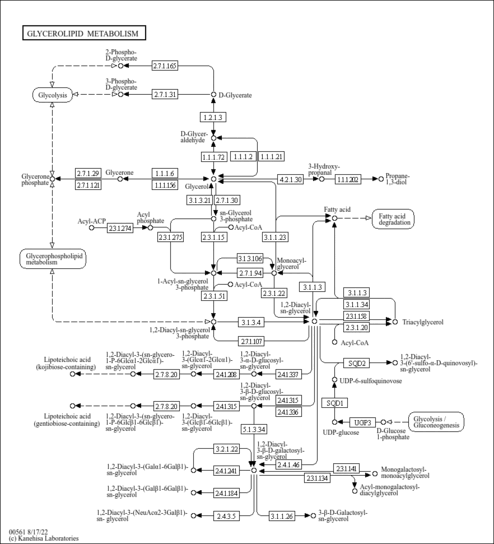| Predicted GC-MS | Predicted GC-MS Spectrum - GC-MS (Non-derivatized) - 70eV, Positive | Not Available | JSpectraViewer |
| Predicted LC-MS/MS | Predicted LC-MS/MS Spectrum - 10V, Positive | splash10-0udi-0000000090-1588421d9f01dd529931 | JSpectraViewer |
| Predicted LC-MS/MS | Predicted LC-MS/MS Spectrum - 20V, Positive | splash10-0udi-0000000090-1588421d9f01dd529931 | JSpectraViewer |
| Predicted LC-MS/MS | Predicted LC-MS/MS Spectrum - 40V, Positive | splash10-0ug0-0000090030-2a5e3cf65f6e0a31d894 | JSpectraViewer |
| Predicted LC-MS/MS | Predicted LC-MS/MS Spectrum - 10V, Negative | Not Available | JSpectraViewer |
| Predicted LC-MS/MS | Predicted LC-MS/MS Spectrum - 20V, Negative | Not Available | JSpectraViewer |
| Predicted LC-MS/MS | Predicted LC-MS/MS Spectrum - 40V, Negative | Not Available | JSpectraViewer |
| Predicted LC-MS/MS | Predicted LC-MS/MS Spectrum - 10V, Positive | splash10-0a4i-0000000090-223de51541149b3b0ccd | JSpectraViewer |
| Predicted LC-MS/MS | Predicted LC-MS/MS Spectrum - 20V, Positive | splash10-0a4i-0000000090-223de51541149b3b0ccd | JSpectraViewer |
| Predicted LC-MS/MS | Predicted LC-MS/MS Spectrum - 40V, Positive | splash10-0a4i-0000000090-223de51541149b3b0ccd | JSpectraViewer |
| Predicted LC-MS/MS | Predicted LC-MS/MS Spectrum - 10V, Positive | splash10-0006-0000000090-90be60e04864d07f44ce | JSpectraViewer |
| Predicted LC-MS/MS | Predicted LC-MS/MS Spectrum - 20V, Positive | splash10-0006-0000000090-90be60e04864d07f44ce | JSpectraViewer |
| Predicted LC-MS/MS | Predicted LC-MS/MS Spectrum - 40V, Positive | splash10-000x-0090090090-4c40b86d123f23294789 | JSpectraViewer |
| Predicted LC-MS/MS | Predicted LC-MS/MS Spectrum - 10V, Negative | splash10-001i-0090060080-cb10e0ef2b47d6bfca59 | JSpectraViewer |
| Predicted LC-MS/MS | Predicted LC-MS/MS Spectrum - 20V, Negative | splash10-001i-0091010000-fb62445a7aee1e0d2c13 | JSpectraViewer |
| Predicted LC-MS/MS | Predicted LC-MS/MS Spectrum - 40V, Negative | splash10-0a59-1090010000-68063fb4cab6158b18f3 | JSpectraViewer |
| Predicted LC-MS/MS | Predicted LC-MS/MS Spectrum - 10V, Positive | splash10-000i-3120040290-49387adbc8f4b9d5ba39 | JSpectraViewer |
| Predicted LC-MS/MS | Predicted LC-MS/MS Spectrum - 20V, Positive | splash10-0abi-9240010410-01fada46f02941741f61 | JSpectraViewer |
| Predicted LC-MS/MS | Predicted LC-MS/MS Spectrum - 40V, Positive | splash10-000l-5695102100-da86e0ab182f0055cdab | JSpectraViewer |
| Predicted LC-MS/MS | Predicted LC-MS/MS Spectrum - 10V, Positive | splash10-0udi-0000000090-388332d7b7282853ecb1 | JSpectraViewer |
| Predicted LC-MS/MS | Predicted LC-MS/MS Spectrum - 20V, Positive | splash10-0udi-0000000090-388332d7b7282853ecb1 | JSpectraViewer |
| Predicted LC-MS/MS | Predicted LC-MS/MS Spectrum - 40V, Positive | splash10-0ug0-0010090030-4ca7598e140037e687bf | JSpectraViewer |

